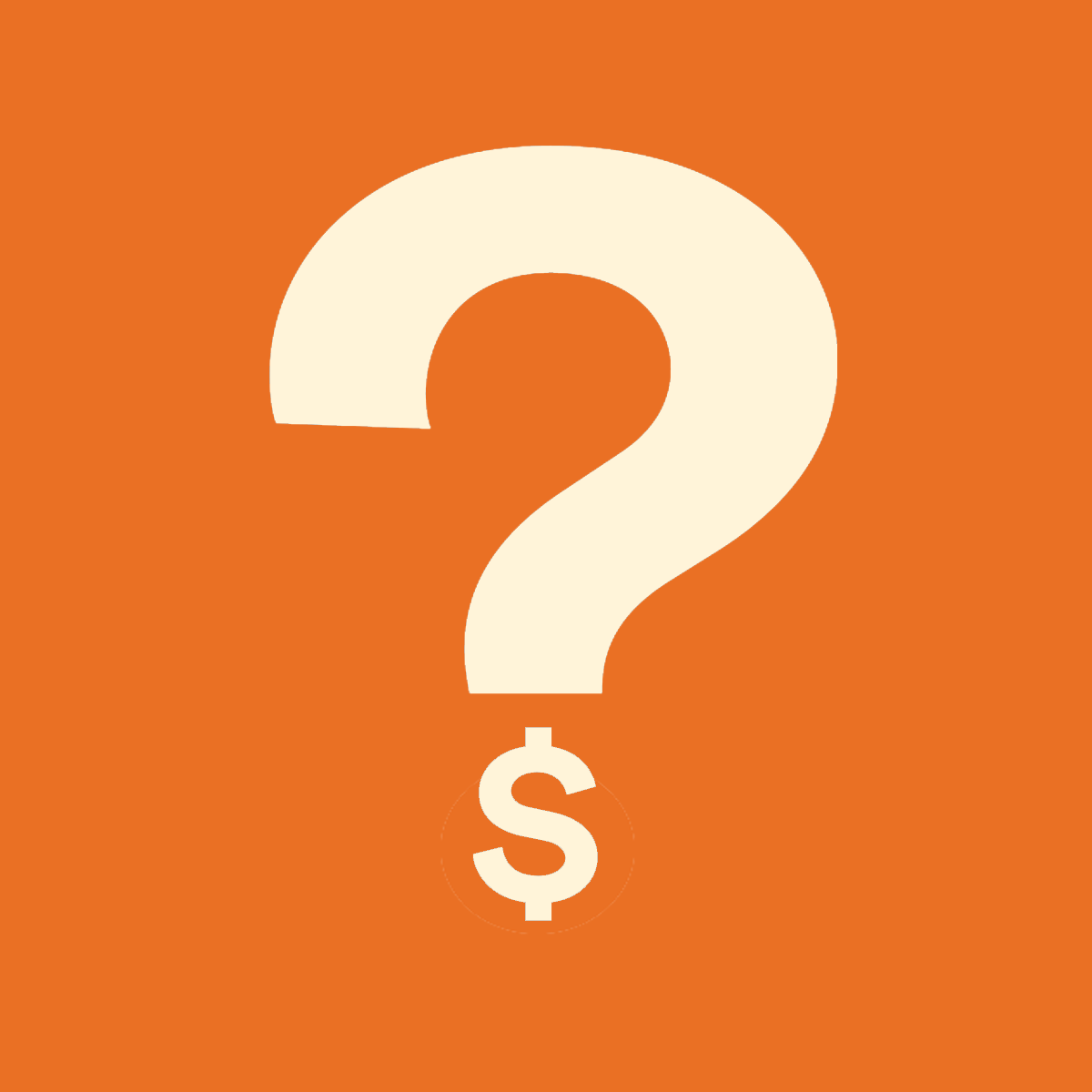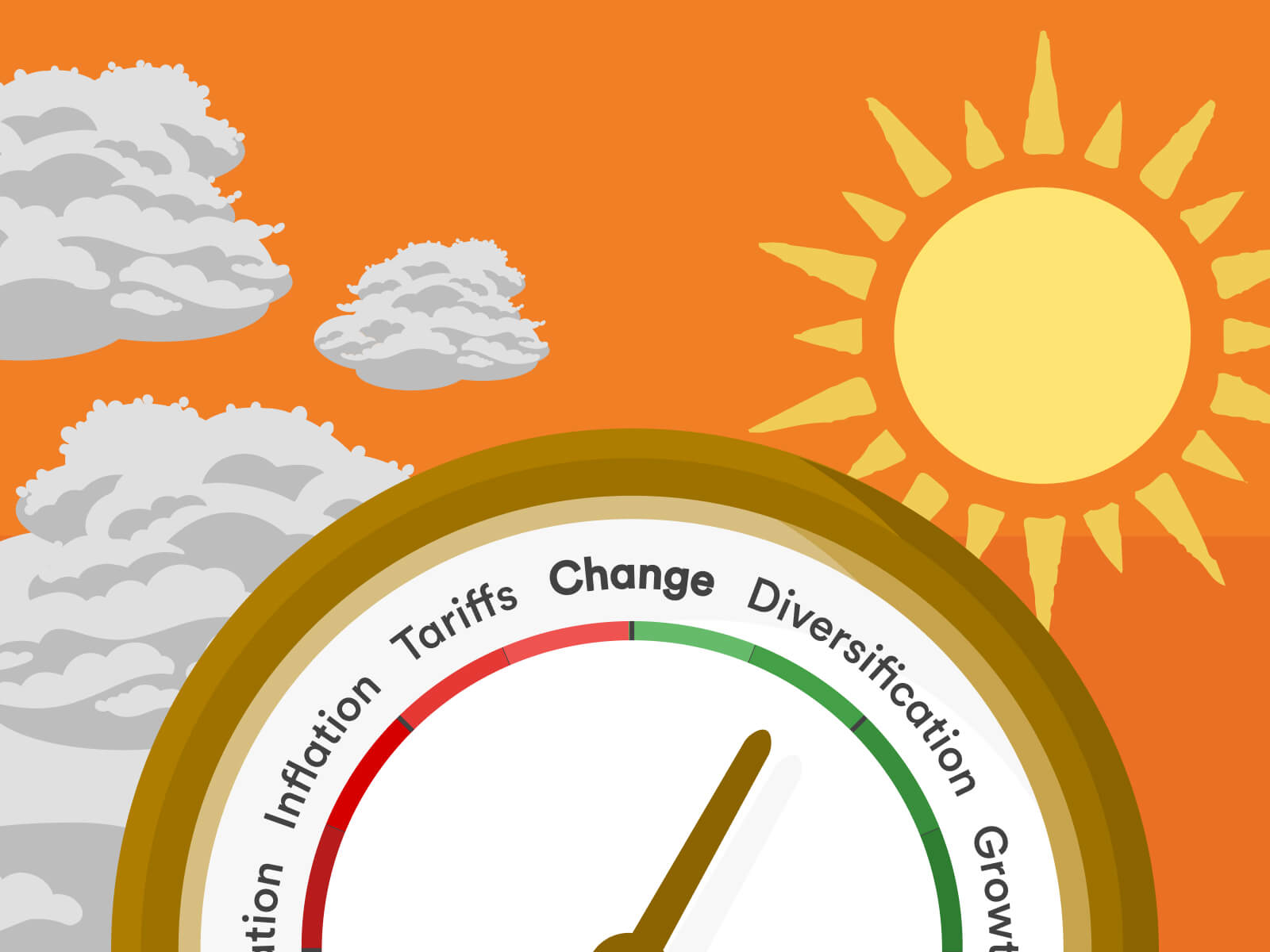Does Canada offer a 401k or a Roth IRA?
Confused by influencers talking about American financial products? Here's a quick primer on these accounts and their Canadian counterparts.
Financial and investment advice on social media often comes from American influencers, and naturally, they talk about U.S. products, such as a 401(k) or a Roth IRA. To dispel any confusion for Canadians, here's a quick primer on the most common tax-advantaged accounts in the United States and their Canadian counterparts.
What's a 401(k)?
A 401(k), which takes its name from a section of the U.S. tax code, is a type of retirement plan offered by many employers in the U.S.
Contributions to a 401(k) are tax-deductible. They lower the holder's taxable income and reduce the tax they pay when they file their return. In other words, contributions are made with pre-tax dollars. Taxes are paid at the time of withdrawal from the plan in retirement.
Many employers offer “matching contributions” to employees' 401 (k) accounts. For example, they may match 50% of an employee’s contributions up to a certain percentage of their salary.
401(k) funds can be put in various investments, such as stocks, bonds, mutual funds, and exchange-traded funds (ETFs).
Is there a Canadian equivalent to the 401(k)?
There is no exact Canadian equivalent, but a 401(k) is most similar to a Canadian Registered Retirement Savings Plan (RRSP, called an RSP at Tangerine). One big difference is that a 401(k) is tied to the holder's employment, as mentioned above, whereas most RRSPs are not — they're opened by individuals (even though contribution room is tied to having earned income in the past). Note that some Canadian employers do offer Group RRSPs to their employees, and some may also include a matching benefit.
As with a 401(k), contributions to an RRSP are tax-deductible, meaning they're made from pre-tax income. In both cases, the funds invested are tax-deferred – they're not taxed until withdrawal, ideally at retirement age. In the U.S., withdrawals must begin at age 73. In Canada, RRSPs can only be held until the end of the year in which you turn 71. At that point, you must convert your RRSP into a Registered Retirement Income Fund (RRIF) or annuity. If converted to an RRIF, withdrawals do not need to begin until the following year. Withdrawals from an RRSP are taxed.
There are some exceptions, such as using the funds for your first home purchase (the federal Home Buyer's Plan). You can also withdraw funds early to pay for full-time training or education (the Lifelong Learning Plan).
Unlike the 401(k), if you didn't make the maximum contribution to your RSP in a particular year, you can carry forward this unused contribution room to a future year when you may have more funds to contribute. The exact amount you can contribute in any given year can be found by logging into your CRA My Account.
| Similarities | Differences |
|---|---|
|
|
What's a Roth IRA?
A Roth IRA (Individual Retirement Account) is a tax-advantaged investment account used for retirement savings, offering tax-free growth and withdrawals in retirement. It was named for the U.S. Senator who was instrumental in its creation.
Contributions to a Roth IRA are not tax deductible — they're made with after-tax dollars. There’s an annual amount you can contribute, which is phased out based on your income (high-income earners generally don’t have Roth IRA room). Roth IRA room does not carryover.
You can withdraw your contributions from a Roth IRA, but not your earnings, at any time without tax or penalty because you’ve already paid taxes on that money.
To withdraw earnings tax-free, you generally need to be at least 59½ years old and to have held the Roth IRA for at least five years.
Is there a Canadian equivalent?
There is no exact Canadian equivalent to a Roth IRA. However, it is similar to a Tax-Free Savings Account (TFSA) and, to a lesser extent, an RSP.
All Canadian residents aged 18 and over, who have a valid Social Insurance Number (SIN) earn annual room in a TFSA that accumulates. Contributions are not tax deductible and are made with after-tax dollars. However, a TFSA can be used for almost any goal, such as saving for a wedding or a vacation, not just retirement.
Both Roth IRAs and TFSAs allow your funds to grow and compound tax free. However, if you withdraw funds from your TFSA, you get that extra contribution room back the following year.
One similarity between a Roth IRA and a Canadian RSP is that they're both used to save for retirement. However, an RSP has more features in common with a Traditional IRA or a 401(k), such as the deductibility of contributions.
| Similarities | Differences |
|---|---|
|
|
Read more: RSP vs TFSA: Understand the difference
Other differences between Canadian and American finances
Canadians may see and hear some other terms used by U.S. “finfluencers” that are slightly different than the terminology or spelling we use in Canada. For example, while we have “chequing” accounts, Americans have “checking” accounts.
We have savings products called Guaranteed Investments (GICs), and Americans have similar products called Certificates of Deposit (CDs). Both of these are instruments you purchase at a bank with a fixed term (e.g., 90 days, 1 year, 3 years, 5 years, etc.) that matches your specific goal. The longer the term, the longer your money is locked in and the more interest you will earn. Interest rates on GICs and CDs tend to be higher than those on savings accounts.
As a Canadian taxpayer, don't get confused by American financial advice. Instead, focus on Canadian accounts and products and try to take maximum advantage of registered accounts, like RRSPs and TFSAs, to maximize your after-tax investment returns.
| What Americans have | The Canadian equivalent |
|---|---|
| IRS (Internal Revenue Service) | CRA (Canada Revenue Agency) |
| Checking Account | Chequing Account |
| CD (Certificate of Deposit) | GIC (Guaranteed Investment Certificate) |
| Traditional IRA (Individual Retirement Account) | Individual RRSP (Registered Retirement Savings Plan) |
| 401(k) | Group RRSP |
| Roth IRA | TFSA (Tax-Free Savings Account) |
Ready to start investing?
We’ve got simple options that keep your money working for you in the short and long term.


